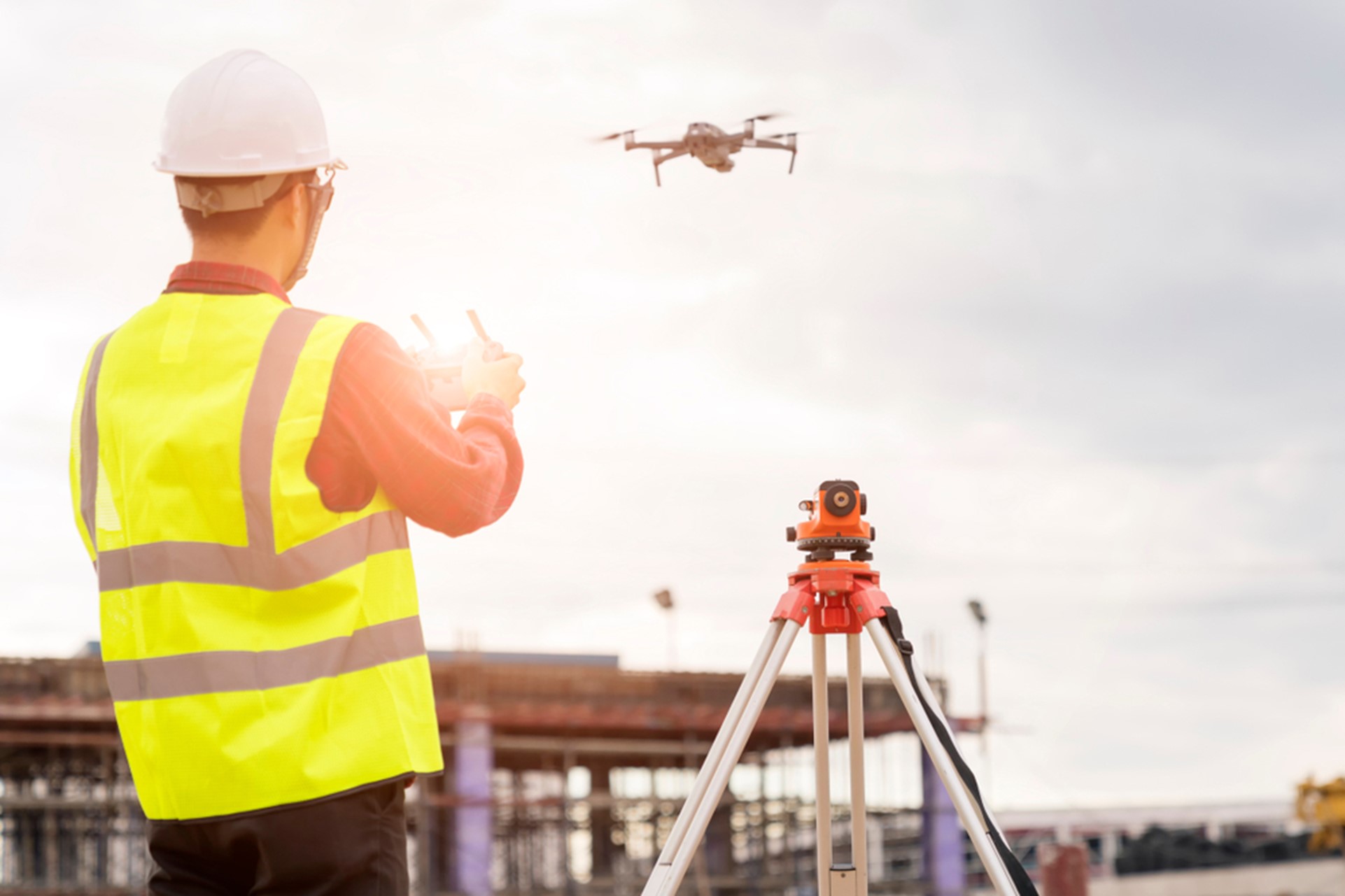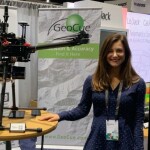Webinar
From Ground to Sky: Exploring UAV Innovations in Surveying
On-demand Webinar | Free

While UAVs are still considered a new tool – and in a lot of ways they are, with use cases and capabilities improving every year – surveyors were among the first professionals to take advantage of this technology. With the implementation of UAVs into surveying workflows, professionals have been able to complete projects that were once impossible due to dangerous conditions, and/or are now able to complete projects of all kinds much more efficiently, saving both money and time. Although the tools are fairly well-established in the industry at this point, there are still constant innovations and improvements being made.
In the webinar, experts from the surveying and UAV industries came together to discussed where the industry is right now with respect to drone usage, how things have changed over the last few years, what can be expected to be innovated in the near future, and more.
The webinar included four industry experts on a panel moderated by Geo Week News’ Carla Lauter.
Panelists
 |  |  |  | |||
| Madelyne McNab Director of Business Development GeoCue | My-Linh Truong Division Manager Unmanned Laser Scanning, RIEGL | Ethan Schreuder UAS Team Leader Woolpert | Dmitriy Predein Training Lead TOPODRONE |
The State of UAV Usage in Surveying
Following brief presentations from each panel member speaking about their expertise in the industry and what their respective companies have to offer, the four came together for a moderated discussion, which began with a conversation about the state of the industry. Listening to all four give their opinion on where we stand today, it’s clear that everyone agrees that the speed of innovation is one of the aspects that stands out the most. Schreuder, for example, pointed out that there are many more companies entering the space today, who in turn are making strides in manufacturing hardware and adding more capabilities than we’ve ever seen. He remarked, “Drones come out faster than cell phones,” which is no small statement.
Schreuder also noted that, as time has gone on, it’s become significantly easier for newcomers to the industry to catch on, a sentiment echoed by McNab. The latter, speaking about the state of the industry, mentioned two major changes she’s observed over the last five years, the first of which being that accessibility piece. She’s noticed, since entering the space, that there is less education needed today when talking to new potential customers than a half-decade ago. Furthermore, she says, systems are both more accurate and the acceptance of that accuracy is greater, with less convincing necessary.
Truong and Predein pointed to the improved efficiency in these systems as the biggest differentiator in recent years. The former notes that while drones themselves are not new technology, the ways they are being commercialized is changing, and it’s leading to new and more efficient workflows than we’ve seen previously. Predein similarly notes that the biggest thing he’s noticed about the state of the industry is all about the efficiency with which the technology can be used, both for collecting data and simply being able to complete longer flights and capture more data within a single flight.
Looking to the Future
In addition to talking about where things stand today, the panelists all put on their “future hats” and discussed what they are looking forward to seeing in the industry looking a few year down the line. Here, we saw two major themes in what can be anticipated, starting with the payloads and data-capturing technology. Specifically, Predein mentions both a shrinking of sensors as well as sturdier UAVs which can carry more sensors, allowing for more accurate data being captured and/or more types of data. Similarly, McNab foresees more fusion of different types of sensors within a single payload, again allowing for more powerful workflows.
Interestingly, Schreuder also mentions the growing Advanced Air Mobility (AAM) space as something to watch carefully in the coming years. This is one of the fastest-growing spaces in any industry, and Schreuder is keeping an eye on how things develop, specifically in airspace. Most of these aircrafts which will be entering airspace in the coming years likely won’t have anything to do with surveying specifically, but everyone is going to be sharing airspace and he notes that it’s necessary to track how that airspace is going to be used.
This is just a small portion of the hour-long discussion between the four industry experts.
Fill out the form on the right side of this screen to get free access to the entire conversation, which also touches on things like key regulations, alternative energy sources, different applications for the technology, and more.

